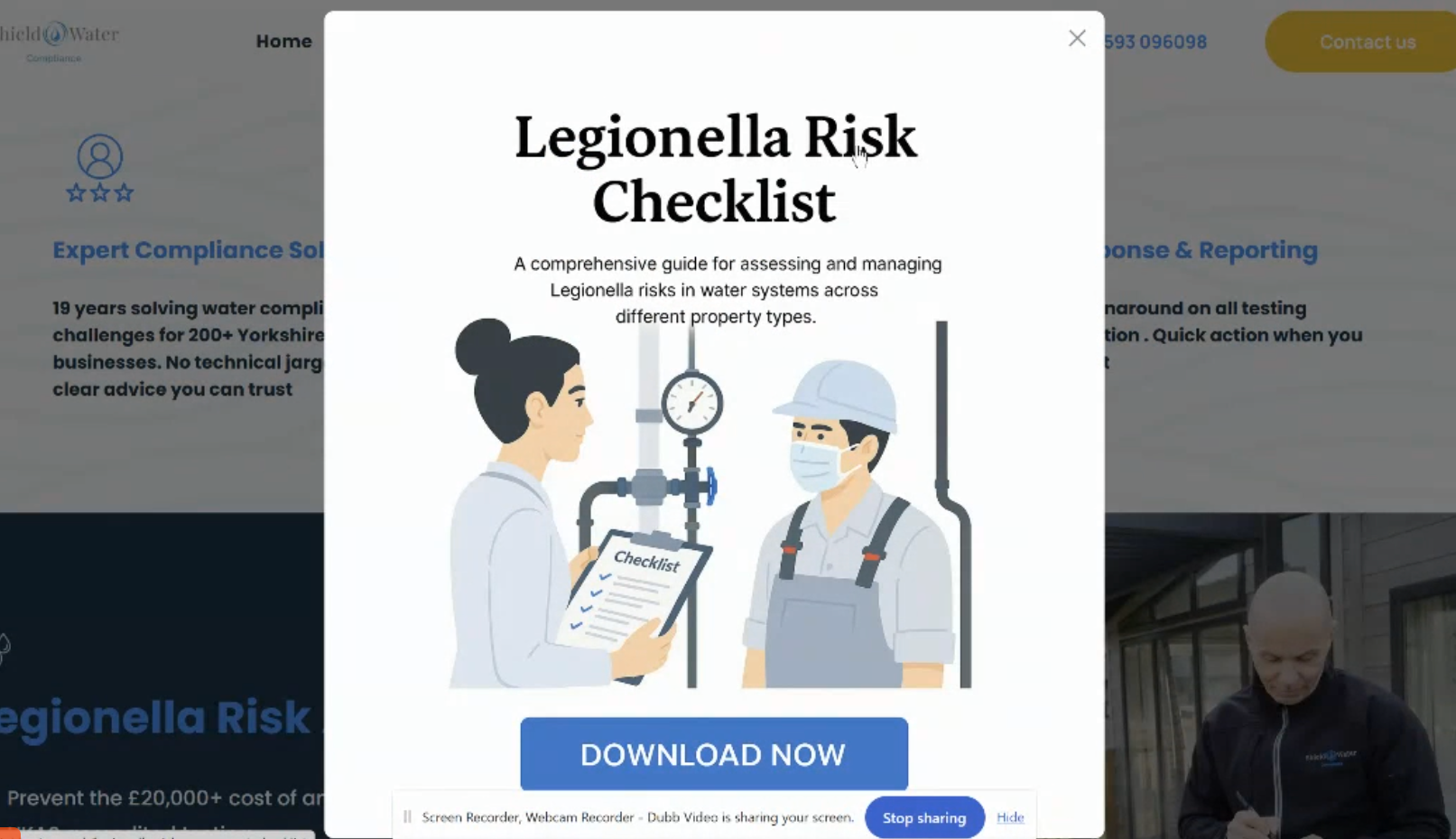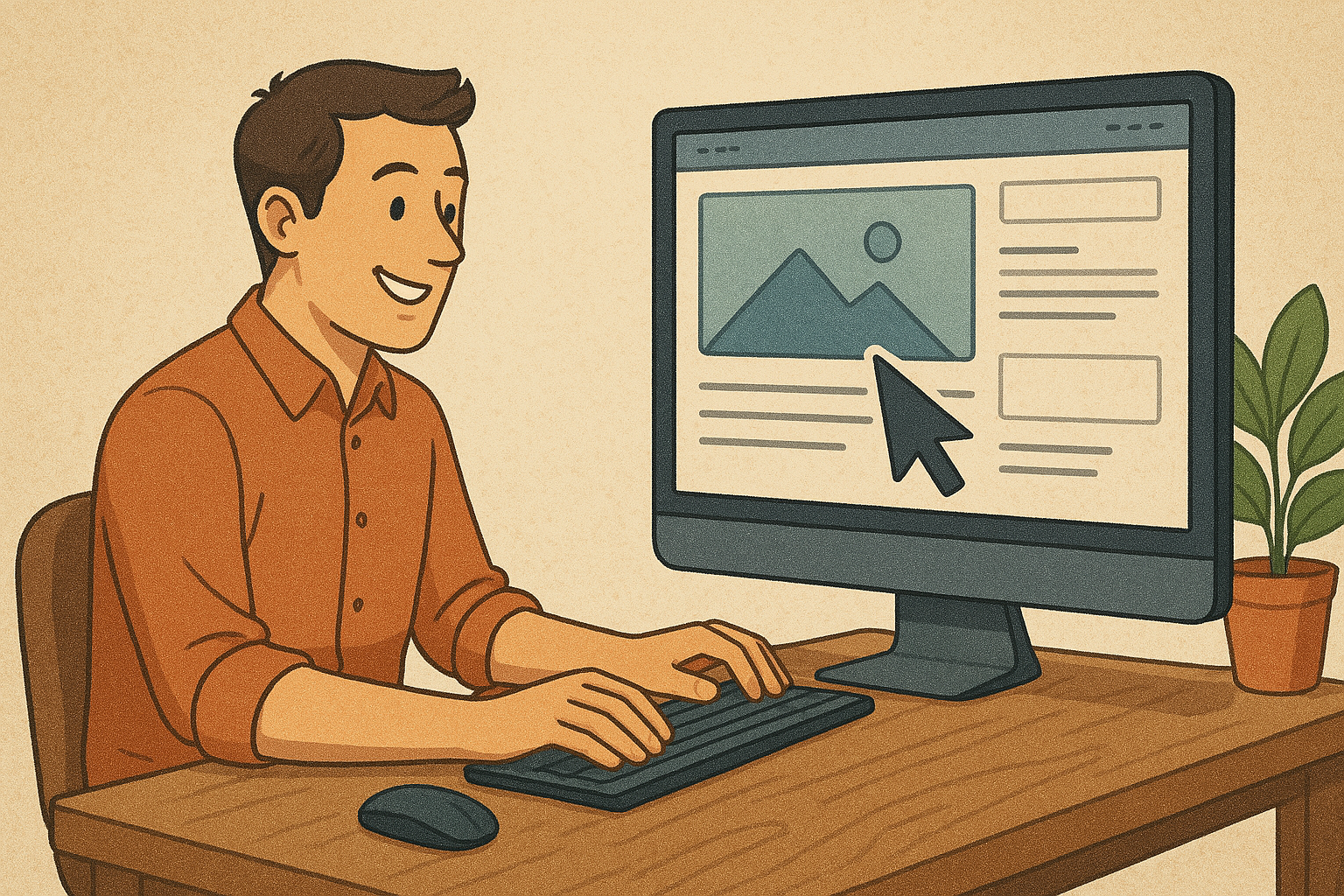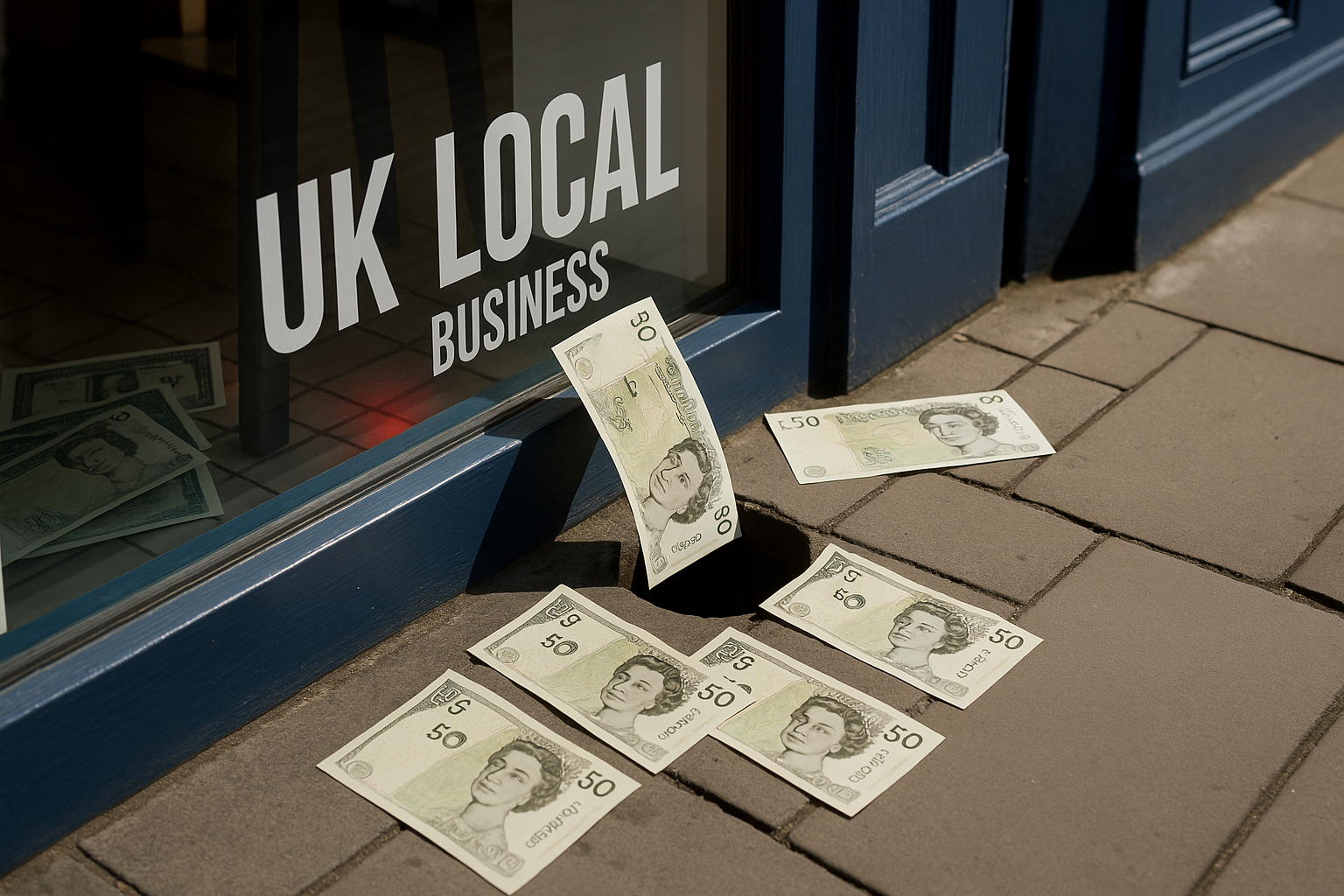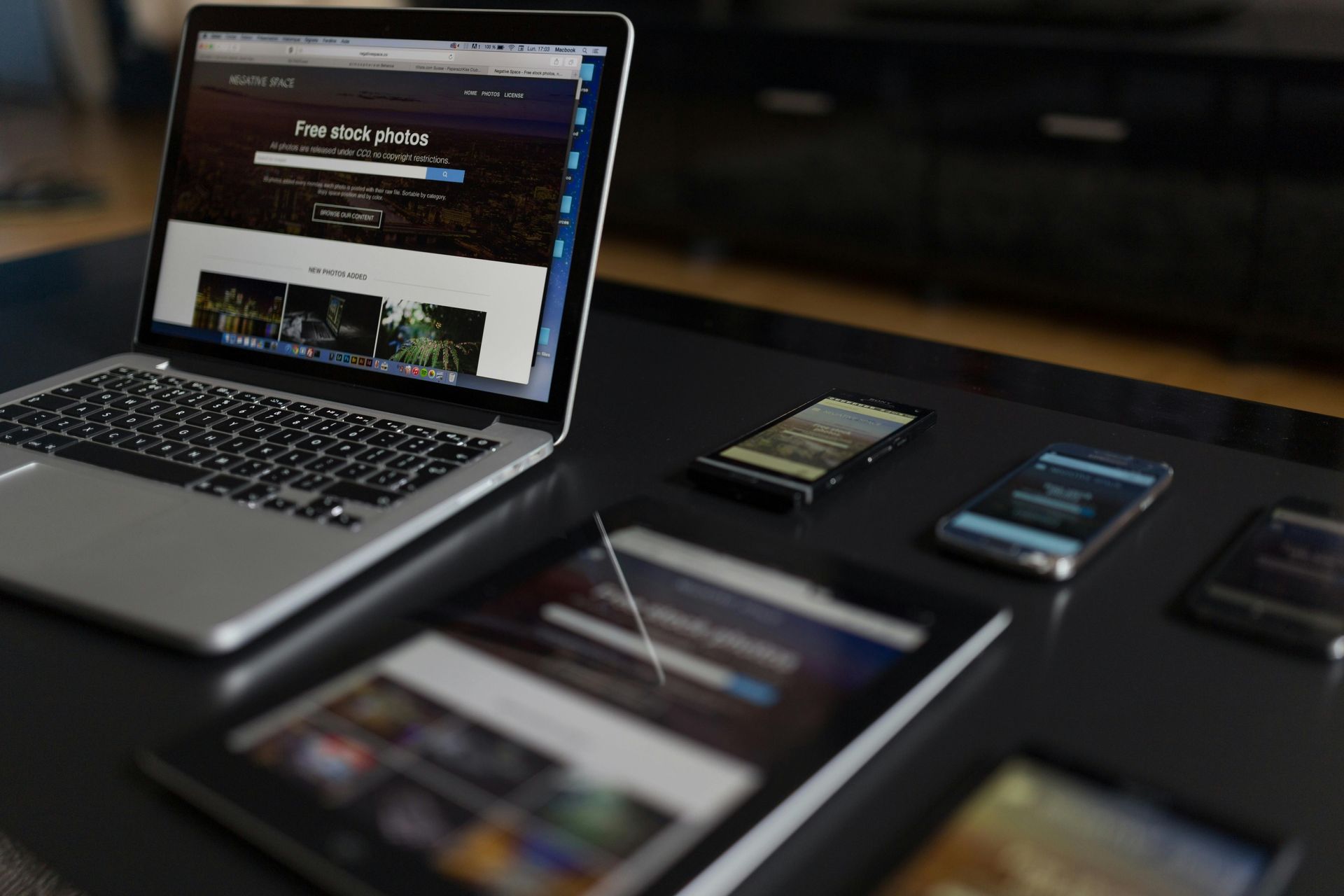What Successful Business Websites Say on Their Homepage [6 Essentials]
![What Successful Business Websites Say on Their Homepage [6 Essentials]](https://lirp.cdn-website.com/9087a3b9/dms3rep/multi/opt/website-homepage-content-1920w.png)
Websites are like blind dates.
Most are awkward, confusing, and leave you looking for the nearest exit.
Your homepage?
It's that critical first impression where most businesses spectacularly cock it up. They ramble about themselves, use corporate crap nobody understands, and wonder why their conversion rates are in the toilet.
Let's fix your digital disaster, shall we?
The Dismal Truth About Your Current Homepage
Your homepage isn't just "important" – it's the digital equivalent of your shop window, receptionist, and sales pitch rolled into one.
And it's probably awful.
The average visitor spends just 5.59 seconds looking at your homepage before deciding whether to stay or leave. That's barely enough time to read a sentence or two.
The stakes? Massive.
Smart Insights research shows the average website conversion rate across industries is a measly 3.4%, with desktop users converting at 4.8% and mobile users at a pathetic 2.9% Source
Translation: Your homepage is probably losing you money while you sleep.
6 Essential Elements Your Homepage Desperately Needs
After designing hundreds of websites that actually convert (novel concept, I know), here's what separates the winners from the digital landfill:
1. A Value Proposition That Doesn't Make People Cringe
Your value proposition isn't the place to show off your English degree or industry jargon. It's where you answer one simple question:
"Why should I give a toss about your business?"
A proper value proposition:
- Names exactly who you help (not "everyone")
- Explains precisely how you help them
- Shows the outcome they'll get
- Doesn't sound like it was written by a committee
Bad example: "We leverage innovative solutions to maximize stakeholder value in the digital ecosystem."
Good example: "We help local plumbers get more emergency callouts through websites that actually convert – without the agency price tag."
See the difference?
One sounds like corporate vomit; the other tells me exactly what you do and why I should care.
2. Keywords That Actually Matter
SEO isn't dead, but your approach to it probably should be.
Yes, your homepage needs your primary keyword – but not stuffed in like you're hiding sausages in your pants at the supermarket.
Place your keyword:
- In your H1 (but make it sound natural, for God's sake)
- In your meta description
- In subheadings where it makes sense
- In body copy where it doesn't sound forced
Remember: Google's not your customer. Optimize for humans first, algorithms second.
3. Differentiation (Or Why You're Not Just Another Forgettable Business)
After the initial "blink test," visitors need to know why they should choose you over the 37 other nearly identical businesses in your industry.
If your differentiator is "great customer service" or "quality work," just close your laptop now.
Your differentiation might be:
- A unique methodology only you use
- Specialised expertise in a specific niche
- Proprietary technology your competitors don't have
- A guarantee that puts your money where your mouth is
Be bold, be specific, and for the love of all things holy, be honest. If you can't articulate why you're different, neither can your customers.
4. Proof That You're Not Just Making It All Up
In the age of fake reviews and Instagram filters, people trust businesses about as much as they trust politicians on a promise.
Your homepage needs concrete proof that you can deliver what you claim:
- Customer testimonials that don't sound like your mum wrote them
- Case studies with actual numbers (not vague "improvements")
- Client logos that people recognize
- Industry awards that actually mean something
- Statistics that demonstrate real results
According to Trustpilot, 85% of consumers are more likely to make a purchase when shown positive reviews Source. So unless you enjoy leaving money on the table, get some social proof on your homepage.
5. Brand Consistency That Doesn't Look Like a Digital Jumble Sale
Your homepage should have a consistent look and feel – not like it was designed by a committee of people who've never met.
Elements to get right:
- Colours that don't make visitors' eyes bleed
- Typography that's actually readable (no, that cursive font isn't "classy")
- Images that don't scream "generic stock photo"
- Tone of voice that matches your brand personality
If your homepage looks like it was cobbled together from five different templates, visitors will trust you about as much as a politician promising "just one more lockdown."
6. Calls to Action That Actually Convert
What do you want visitors to do after landing on your homepage? If your answer is "I don't know" or "explore my site," you're already losing.
Effective CTAs:
- Use action language that creates urgency
- Stand out visually (but don't look like a neon sign from 1997)
- Appear at logical decision points
- Actually deliver what they promise
For service businesses, focus on high-intent conversions:
- "Get a free quote" (not "Submit")
- "Book your consultation" (not "Learn more")
- "Speak to an expert" (not "Contact us")
How to Structure Your Homepage Without Making a Mess
Now that you know the essential elements, here's how to arrange them so they actually work:
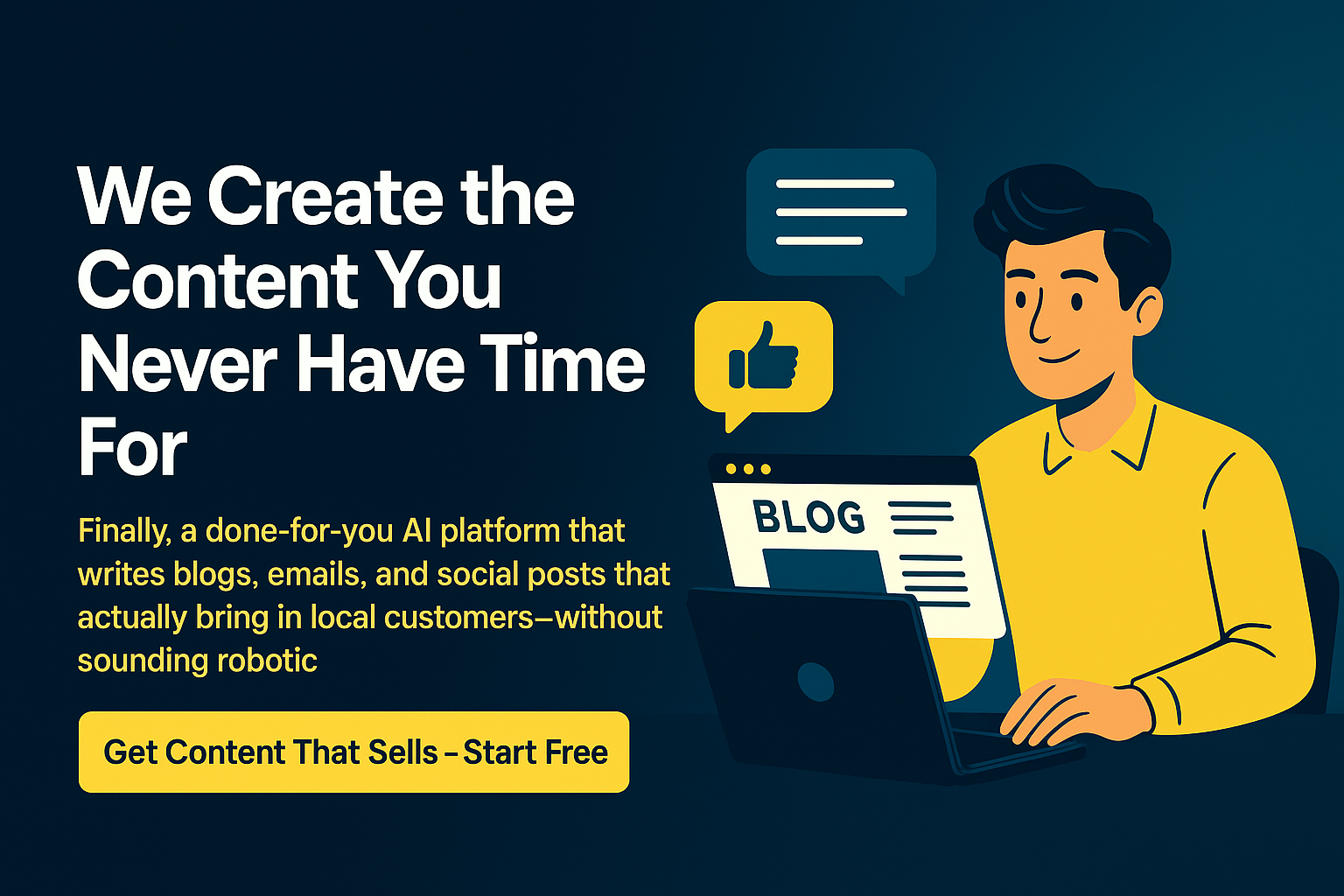
Above the Fold: Your Digital Handshake
The "above the fold" area is prime real estate. Don't waste it on a giant pointless slider or, God forbid, an auto-playing video.
Include:
- Your logo (top left, where people expect it)
- Clear navigation (not 27 dropdown options)
- Your primary headline that actually says what you do
- A supporting subheadline that expands on your value
- Your primary call to action
- An image that reinforces your message (not a random stock photo of people in suits high-fiving)
The average bounce rate is 50.9% Source, meaning half your visitors leave without exploring further. A compelling above-the-fold section can dramatically reduce this digital walk-out.
Middle Sections: Build Your Case Without Boring People to Death
As visitors scroll, continue building your case with these sections:
Services Overview
Keep it brief, benefit-focused, and bullshit-free:
- Headlines that focus on outcomes, not features
- Descriptions that a 10-year-old could understand
- Icons or images that actually relate to the service
- Links to service pages for those who want more detail
Social Proof Section
Make it authentic or don't bother:
- Use real photos of customers (not stock images)
- Include full names and companies (anonymous testimonials are worthless)
- Highlight specific results ("increased leads by 43%," not "really helped our business")
- Video testimonials if you can get them (they're worth their weight in digital gold)
About/Story Section
Nobody cares about your company history unless it relates to how you help them:
- Focus on why you started, not when
- Highlight expertise that benefits customers
- Explain your approach in simple terms
- Connect your story to customer outcomes
Bottom Sections: Close the Deal
As visitors approach the bottom of your homepage:
FAQ Section
Address objections before they become excuses not to buy:
- Focus on questions that remove buying friction
- Keep answers concise and benefit-focused
- Include a CTA after the FAQs to capture those who are now ready
Final Call to Action
Make it impossible to ignore:
- Restate your value proposition
- Address any remaining objections
- Use a strong, clear CTA button
- Consider adding a low-friction alternative for those not quite ready
Special Notes for Local Service Businesses
If you run a local service business, your homepage needs these specific elements:
Local Credibility Signals
- Your actual address (not a PO box)
- Map showing your service area
- Memberships in local business organizations that people recognise
Service Area Information
- List of specific areas you serve (not just "Greater London")
- Any location-specific services or specialties
- Local landmarks or references that establish your connection to the area
Local Results and Testimonials
- Before/after examples from local projects
- Testimonials from local customers (with their location mentioned)
- Case studies featuring recognisable local businesses
Homepage Mistakes That Make Me Want to Throw My Laptop At The Dog
Even with the best intentions, most businesses make these homepage howlers:
1. The Wall of Text
Nobody reads walls of text. Nobody. Instead:
- Use short paragraphs (1-2 sentences max)
- Incorporate bullet points for scanning
- Break up text with subheadings and images that actually add value
2. Vague Corporate Waffle
Statements like "We provide quality service" are meaningless. Instead:
- Be specific about what makes you different
- Use concrete examples and numbers
- Speak directly to your ideal customer's problems
3. CTA Overload
When everything is important, nothing is. Instead:
- Prioritise 1-2 primary CTAs
- Make secondary CTAs visually distinct
- Ensure each section has a clear purpose
4. Stock Photo Hell
Nothing says "we're generic and forgettable" like stock photos of diverse teams pointing at computers. Instead:
- Invest in professional photography of your actual team and work
- Use authentic images that represent your real business
- Choose images that convey emotion and connection
5. Mobile Nightmare
If your homepage looks like a dog's dinner on mobile, you're losing more than half your potential customers. Ensure:
- Text is readable without squinting
- Buttons are large enough for fat fingers
- Images resize properly
- Navigation doesn't require a magnifying glass
How to Tell If Your Homepage Is Actually Working
Don't just guess – measure these metrics:
- Bounce Rate: If it's over 70%, your homepage is actively repelling visitors
- Time on Page: Should be at least 1-2 minutes for a well-designed homepage
- Click-Through Rate: At least 30% should click your primary CTA
- Conversion Rate: Industry average is 3.4%, but you should aim for 5%+
- Heat Maps: Show where people actually click (often not where you think)
Use these insights to continuously improve your homepage. If something's not working, change it – don't just hope it magically starts performing.

Your Homework: Fix Your Homepage This Week
Here's what you need to do right now:
- Pull up your homepage and honestly assess it against the 6 essential elements
- Identify the 3 biggest problems (be brutal with yourself)
- Rewrite your headline and subheadline to clearly state what you do and who you help
- Replace any generic stock photos with authentic images
- Simplify your CTAs to focus on your primary conversion goal
- Test your homepage on mobile to ensure it works flawlessly
The Bottom Line
Your homepage isn't a digital brochure – it's a conversion machine that either works for you or against you.
Most homepages are embarrassingly bad. They talk about the business instead of the customer, use jargon instead of clarity, and hope for conversions instead of strategically designing for them.
Don't be most businesses.
Create a homepage that speaks directly to your ideal customers, clearly communicates your value, provides evidence you can deliver, and makes it dead simple to take the next step.
Do that, and you'll be miles ahead of your competitors who are still debating whether to use "innovative solutions" or "cutting-edge technology" in their meaningless headline.
Now go fix your homepage before your competitors read this article.
